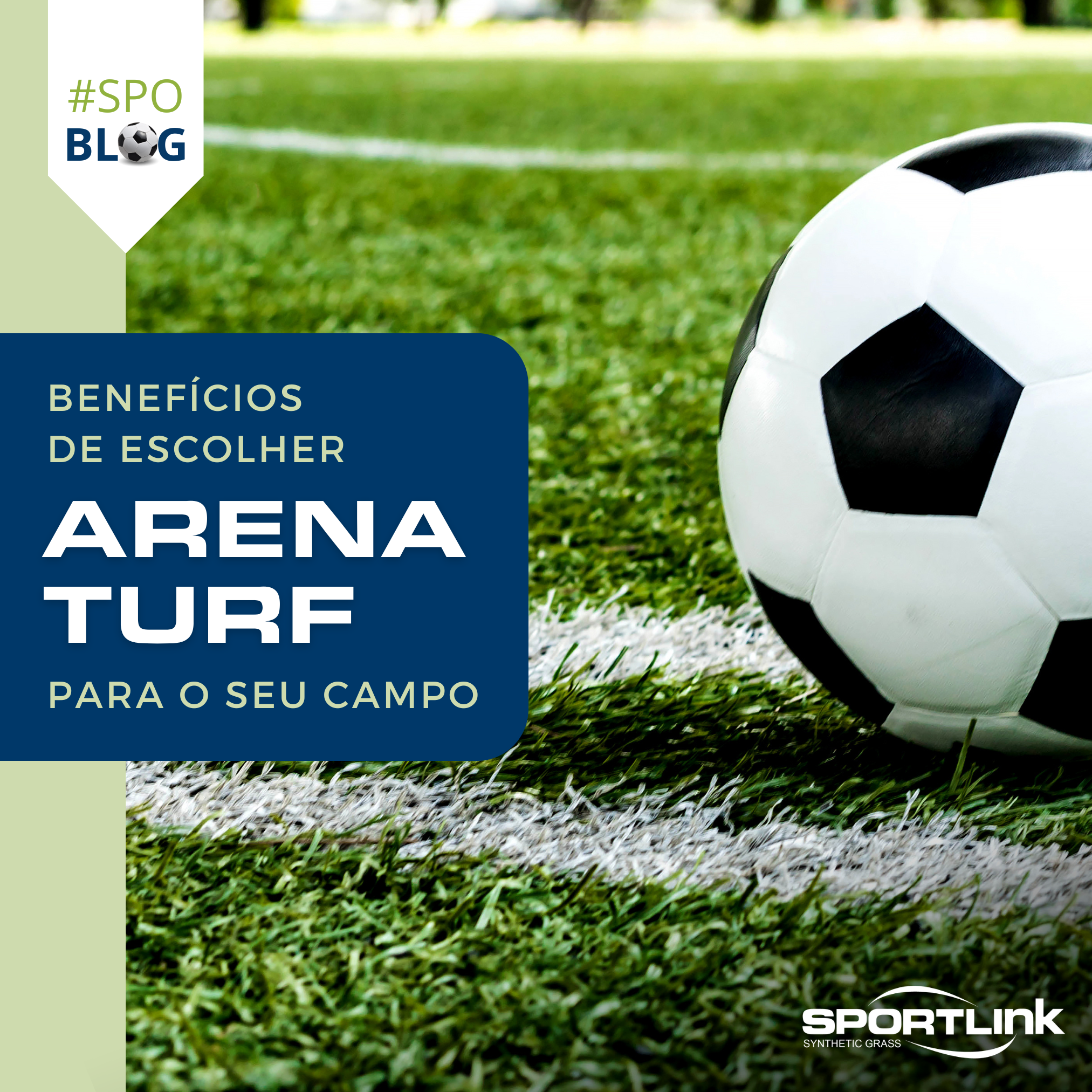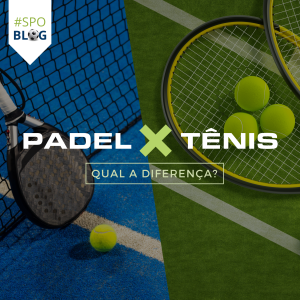The growing need for fields that accommodate multiple teams and activities and the high cost of maintaining a natural grass field have led to an increasing number of stadiums turning to Synthetic grass.
After all, natural grass does not remain resistant and in good condition if it is used more than three to four days a week.

Furthermore, weather conditions alter the appearance of natural grass, making it even worse when hosting shows and events – which wear down the floor.
With the use of Synthetic grass, football stadiums have gained many advantages, which you will learn about in this post from Sports link.
Important stadiums in world football
The Boca Junior Training Center and the River Plate field, the biggest Argentine clubs, have already been remodeled with Synthetic grass.
In São Paulo, for example, Allianz Park, Palmeiras' stadium, surrendered to Synthetic grass and, from February 2020, it will also feature this technology on its modern playing field.
The Arena da Baixada, Atlético-PR's stadium, also uses artificial grass, further expanding the group of clubs that invest in the synthetic lawn and the benefits it provides.
See some of the advantages offered by Synthetic grass:
Water economy
A Synthetic grass has a positive and measurable impact on the environment. While a typical sports field with natural grass requires millions of liters of water per year for irrigation, the synthetic field does not require the use of water, as it does not need an irrigation system.
Reduced pesticide use
A Synthetic grass eliminates the need for harmful pesticides and fertilizers, as the coating is made of synthetic material: the base is made of polyester fiber filaments.
Grass blades are generally made from nylon or polypropylene.
More versatility
A Synthetic grass It is currently used both in sports environments and in leisure spaces and also in interior decoration.
The coating is an option in all cases due to the beauty, high quality and thermal comfort it offers.
Resistance
A Synthetic grass It is much more durable than natural grass. This is because natural grass should not be used more than 20 to 24 hours per week – or 680 to 816 hours per year.
On the other hand, the synthetic lawn it can be used for around 3.000 hours per year, without the need for rest.
Return on investment
A Synthetic grass has proven to be a highly economical investment for stadium and club owners.
A synthetic grass field pays for itself in 2 to 3 years. The cost of installing and maintaining a field Synthetic grass over a period of 20 years (including a replacement field) is 3 times cheaper per event than the cost of a natural grass field.
With all these advantages, it is worth investing in installing a quality synthetic lawn in stadiums and sports clubs.
A Sports link is a pioneer in the manufacture of this type of coating, innovating in our products every year to offer Synthetic grass of high technology for football, society, hockey and rugby pitches and tennis courts.
Learn more about our products and check the quality of the Synthetic grass da Sports link!






